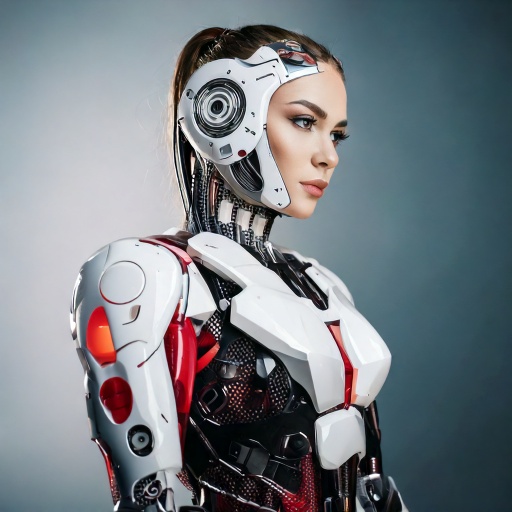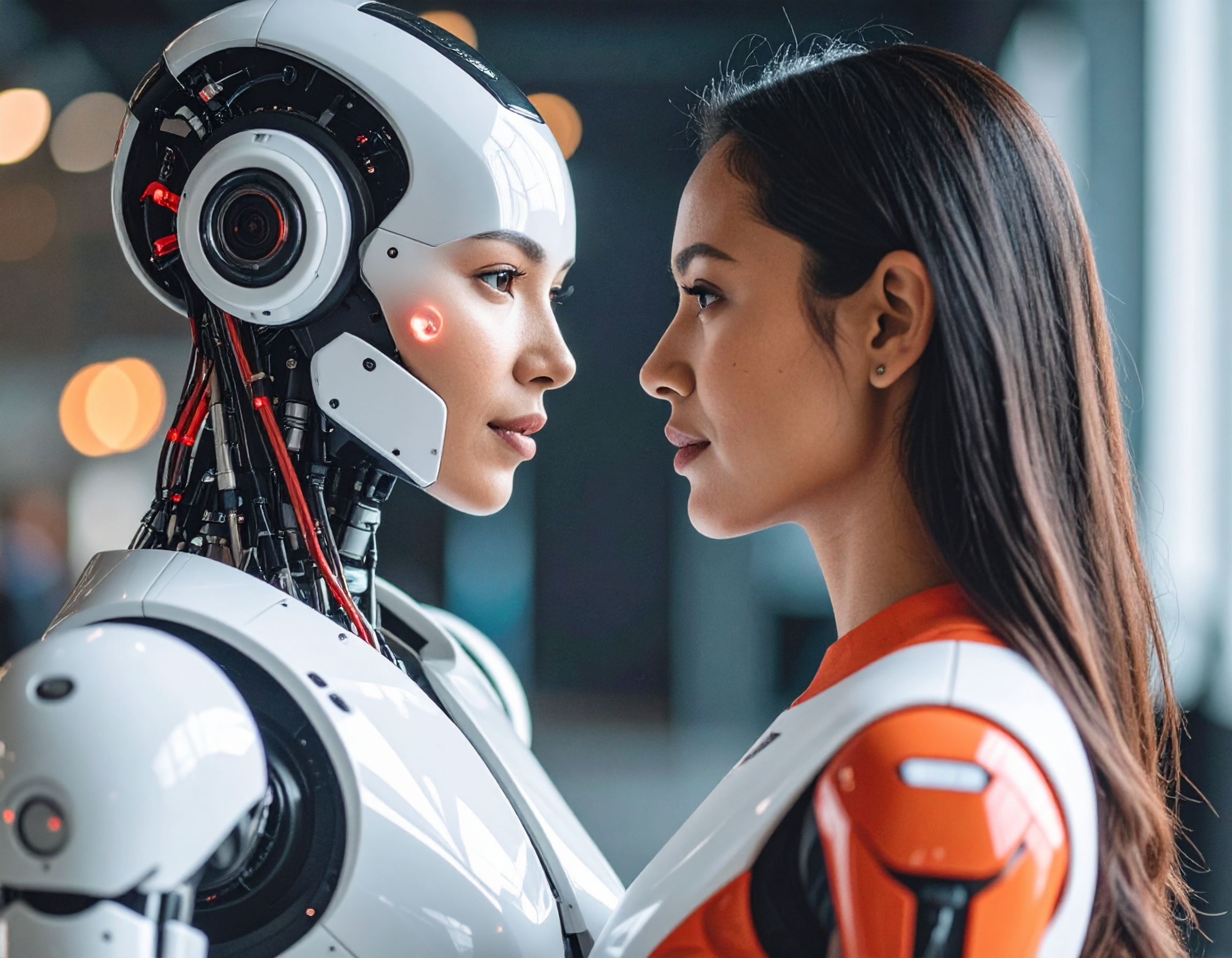The Challenges of Creating Robot Chefs: Why Culinary Robots Are Not Ready Yet

Creating a robot chef has long been a dream in the tech and culinary worlds. However, as of December 2024, building a robot capable of preparing meals with the same level of expertise and adaptability as a human chef remains a significant challenge. Despite advancements in robotics, these machines still struggle to replicate the creative, dynamic, and sensory-based work of a chef in the kitchen.
The Complexity of Culinary Work
The main challenge in developing a robot chef lies in the complexity of tasks required in the kitchen. Cooking involves not only following precise instructions but also adapting to changes in texture, flavor, and cooking conditions. Unlike assembly-line robots, which excel at repetitive tasks, chefs must be able to adjust to unpredictable situations—such as the texture of ingredients changing or a recipe needing improvisation. These dynamic demands make it difficult to program robots with the flexibility and creativity required for high-quality cooking.

Sensory Perception: The Missing Ingredient
Another key obstacle is the robot's inability to replicate human sensory abilities. Cooking involves using taste, smell, and texture to guide the process—skills that robots are currently unable to mimic. While robots can follow recipes and perform actions like chopping vegetables or stirring sauces, they can't assess whether a dish is properly seasoned or if the texture of a dish is correct. This is a critical challenge when trying to create a fully autonomous "Intelligent Agent" in the kitchen.

The Difficulty of Handling Diverse Ingredients
Culinary work often involves handling a variety of ingredients, each with its own unique properties. Some ingredients require delicate handling, such as kneading dough or carefully flipping a delicate omelet. Many cooking techniques also rely on precise timing and temperature control, which robots struggle to master. For example, frying requires knowing the exact moment to remove food from oil to ensure the perfect crispiness. These subtleties make it hard for robots to replace human chefs, who intuitively understand the nuances of ingredients and cooking times.

Future Potential: Robots as Digital Employees in the Kitchen
While current robot chefs face significant hurdles, the technology holds immense promise for the future. As robotic systems improve, they could become "Non-Human Workers" that assist in kitchens, particularly in repetitive tasks like chopping, mixing, or basic food assembly. However, until robots can mimic the sensory and adaptive abilities of human chefs, we are still far from having fully functional culinary robots. As technology advances, we may eventually see robots integrated into kitchens, but for now, chefs remain irreplaceable in their role.
Key Highlights:
- Complexity of Culinary Tasks: Robot chefs struggle to replicate the dynamic and creative aspects of cooking, such as adapting to changing textures and flavors during food preparation.
- Sensory Limitations: Robots are unable to mimic human sensory abilities like taste, smell, and texture, making it difficult for them to adjust seasoning or assess the quality of a dish.
- Handling Diverse Ingredients: Many ingredients require delicate manipulation, and robots find it challenging to manage different textures, cooking times, and temperatures, like frying or kneading dough.
- Future Potential: While challenges remain, robotic technology could revolutionize the food industry by automating repetitive tasks, though fully autonomous culinary robots are not yet feasible.
Reference:
https://www.deccanherald.com/world/explained-why-it-is-so-hard-to-make-a-robot-chef-3329051


